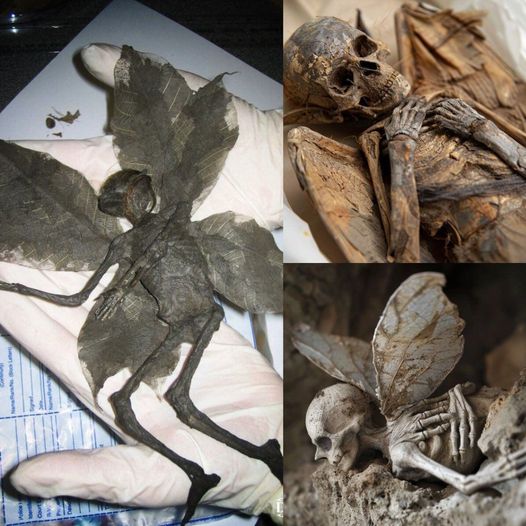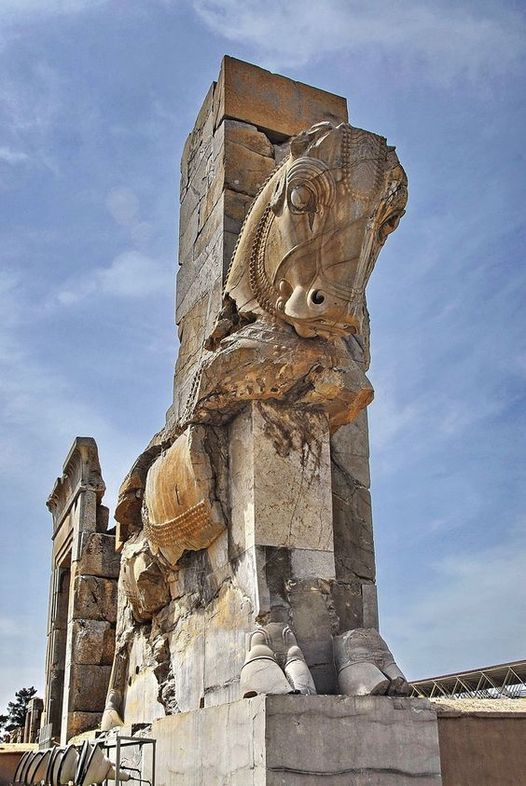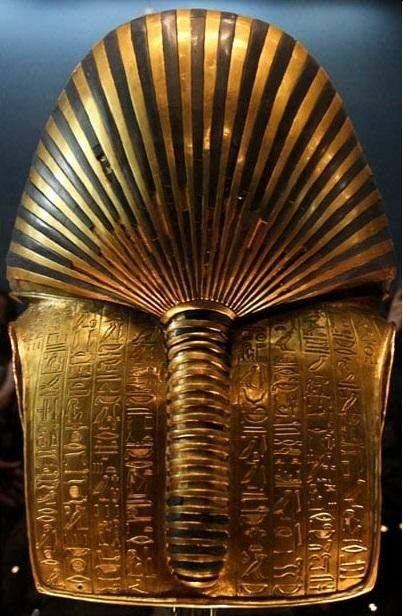In the annals of history, few civilizations have captivated the imagination quite like ancient Egypt. Rich in culture, mythology, and symbolism, the treasures of this ancient land continue to astound and inspire. Among the most remarkable artifacts to emerge from the sands of Egypt is the pectoral in the form of a scarab, discovered in the tomb of the legendary pharaoh Tutankhamun. Dating back to approximately 1341 BC to 1323 BC, this Ancient Egyptian jeweled scarab amulet offers a glimpse into the spiritual beliefs and practices of one of history's most enigmatic civilizations.
The Symbolism of the Scarab Amulet:
At the heart of the pectoral lies a scarab, an iconic symbol of rebirth and regeneration in ancient Egyptian culture. The scarab beetle, known for its habit of rolling dung into balls as food and as a breeding chamber, was revered as a representation of the sun god Ra's daily journey across the sky and the cycle of life and death. Encased in precious jewels and adorned with intricate details, the scarab amulet served as a talisman of protection and good fortune for the wearer, ensuring their safe passage into the afterlife.
Ancient Egyptian Jewelry:
Jewelry held profound significance in ancient Egyptian society, serving as more than mere adornment but as symbols of status, power, and religious devotion. The pectoral in the form of a scarab exemplifies the craftsmanship and artistry of ancient Egyptian jewelers, who meticulously crafted each piece by hand using precious metals and gemstones. From the cobras of protection flanking the scarab to the lotus flowers and suns symbolizing immortality, every element of the amulet was imbued with deep spiritual meaning.

The Tomb of Tutankhamun:
The discovery of the pectoral in the tomb of Tutankhamun was a momentous event in the field of archaeology, shedding light on the life and reign of one of ancient Egypt's most famous pharaohs. Tutankhamun, often referred to as the "boy king," ascended to the throne at a young age and ruled during a tumultuous period in Egyptian history. His tomb, located in the Valley of the Kings, remained hidden for over 3,000 years until its discovery by archaeologist Howard Carter in 1922.
The Immortality of Ancient Egyptian Beliefs:
The symbolism found in the pectoral of Tutankhamun speaks to the enduring belief in the afterlife and the quest for immortality that permeated ancient Egyptian culture. From the amulets worn by the living to the elaborate tombs constructed for the deceased, every aspect of Egyptian society was steeped in rituals and traditions aimed at ensuring eternal life in the next world. The scarab amulet, with its representation of rebirth and protection, was believed to safeguard the wearer on their journey through the underworld and into the realm of the gods.
Archaeologists Preserving the Past:
As guardians of our shared heritage, archaeologists play a vital role in preserving and interpreting the relics of ancient civilizations like ancient Egypt. Through meticulous excavation and analysis, they uncover the secrets of the past, piecing together the puzzle of human history one artifact at a time. The discovery of the pectoral in the tomb of Tutankhamun is just one example of the invaluable contributions made by archaeologists in uncovering the mysteries of the ancient world. As we marvel at the wonders of ancient Egyptian culture, we are reminded of the importance of preserving our cultural heritage for future generations to cherish and study.






